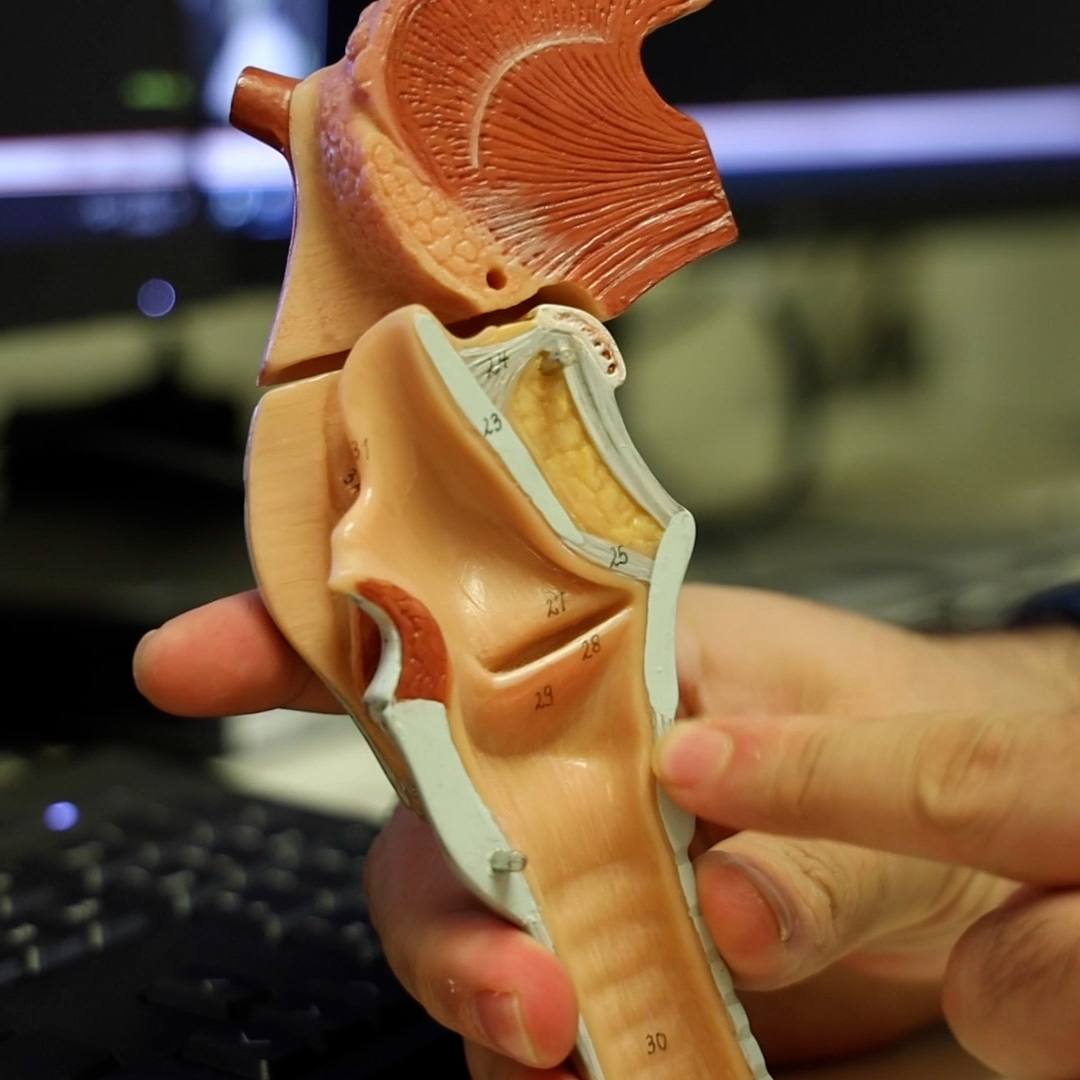-
Featured News
Mayo Clinic Q and A: How is fibromyalgia diagnosed?

DEAR MAYO CLINIC: Is there a specific test to definitively diagnose fibromyalgia? If not, how do doctors confidently diagnose this disorder?
ANSWER: No one test can be used to diagnose fibromyalgia. But unlike in the past, fibromyalgia is no longer a diagnosis of exclusion, which means that all other conditions that could trigger similar symptoms are ruled out before fibromyalgia can be diagnosed. Instead, the diagnosis is based on specific symptoms, and it’s now understood that fibromyalgia can, and often does, coexist with other chronic pain disorders.
Fibromyalgia is a disorder characterized by pain all over the body. Fibromyalgia pain is widespread and amplifies existing pain generators, such as arthritis. People with fibromyalgia often have widespread, migratory muscle aches without any underlying muscle injury, and they generally experience pain more intensely than others. Researchers believe this widespread, amplified pain occurs because fibromyalgia affects the way the brain processes pain signals.
Fibromyalgia pain is not the same in everyone with this disorder. Some people may have extreme skin sensitivity to gentle pressure. Some may have tender finger joints without redness or swelling. Others may have significant tenderness of the muscles of the upper back and neck.
Because fibromyalgia tends to amplify pain generated by other conditions, patients with lupus or rheumatoid arthritis may have much greater joint pain than would be expected based on objective measures of inflammation. One of the hallmarks of fibromyalgia is pain out of proportion to the degree of tissue injury.
Fibromyalgia causes other symptoms beyond pain, too. Problems with fatigue; chronic headaches; irritable bowel syndrome; interstitial cystitis; unrefreshing sleep; and impaired concentration, attention and mental focus also may plague those with fibromyalgia.
To diagnose fibromyalgia in the past, health care providers would firmly press 18 specific points on a person’s body to see how many of these points were painful. Diagnosis required 11 or more positive tender points. Then health care providers would rule out other painful conditions, such as injuries, neuropathy, arthritis or a connective tissue disorder, that could explain symptoms. Now it is clear an individual can have conditions that cause chronic pain and have fibromyalgia, as well.
Consequently, it is not necessary to eliminate the possibility of all other chronic pain disorders before arriving at a fibromyalgia diagnosis. It is important, however, to receive a comprehensive assessment to evaluate for other underlying conditions, as that information will guide an effective treatment plan. Reducing pain being caused by coexisting chronic pain conditions also can reduce fibromyalgia-associated pain.
A fibromyalgia diagnosis now is made based on symptoms of widespread pain, fatigue, unrefreshing sleep and cognitive impairment — typically after a person has had widespread pain for more than three months. “Widespread” is defined as pain on both sides of the body, as well as above and below the waist.
Part of what makes diagnosing fibromyalgia difficult is that its symptoms tend to be inconsistent, waxing and waning over time. Also, the disorder can be hard to distinguish from other conditions. For patients with chronic widespread pain, if the pain is more intense and persistent than would be expected based on the amount of tissue injury present, then fibromyalgia could play a role. A common example would be a patient with well-treated rheumatoid arthritis without evidence of joint inflammation or erosions who has severe joint pain.
If fibromyalgia is suspected, it’s important to be evaluated by a specialist with expertise in caring for people with the disorder. A timely and accurate fibromyalgia diagnosis is vital because it can become debilitating and disrupt daily life significantly. Although there is no cure, early recognition of fibromyalgia can reduce the need for further diagnostic testing to explain chronic, widespread pain. And once fibromyalgia is identified, pain management strategies often can help control symptoms. — Dr. Christopher Aakre, Fibromyalgia and Chronic Fatigue Clinic, Mayo Clinic, Rochester, Minnesota
****************************
Related Articles
- Mayo Clinic Radio: Fibromyalgia published 3/21/19
- Fibromyalgia: Mayo Clinic Radio Health Minute published 4/5/18
- Mayo Clinic Q and A: Understanding myofascial pain syndrome and fibromyalgia published 12/1/17
Related Articles







